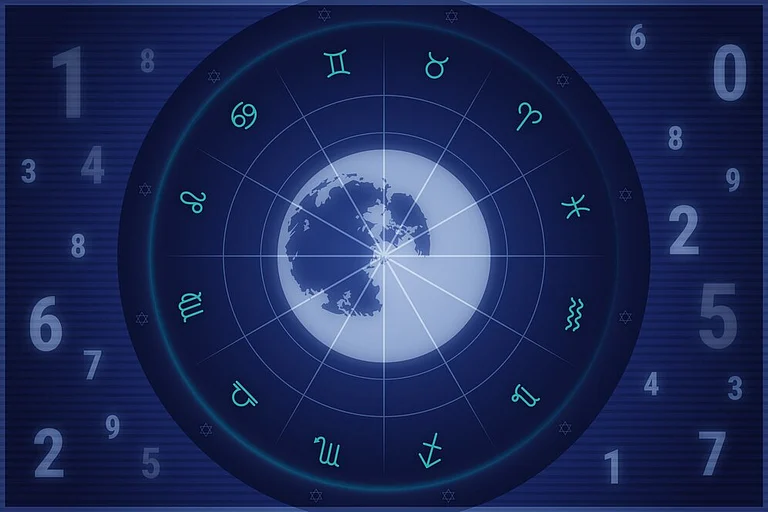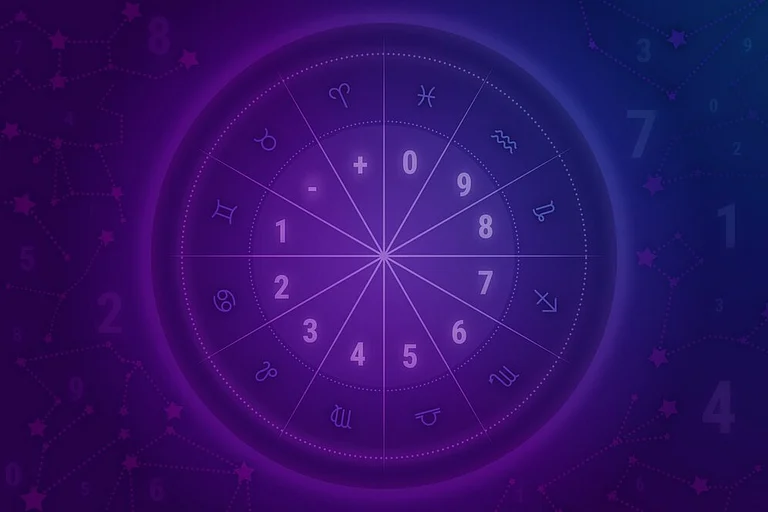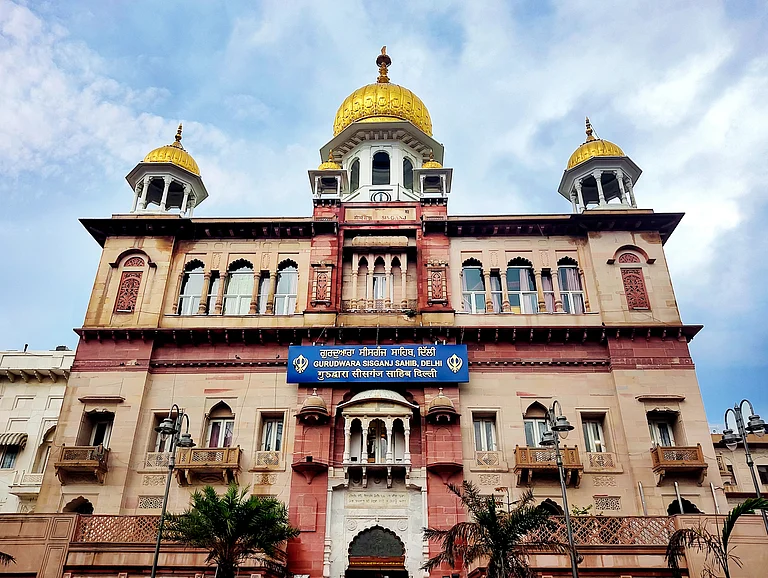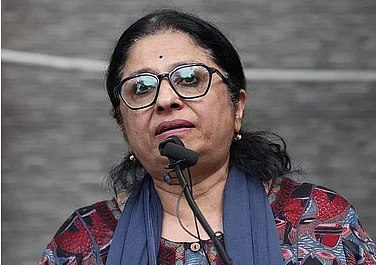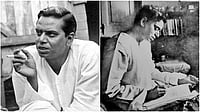‘We think too much, and feel too little’, said Charlie Chaplin in The Great Dictator. Not only was this prophetic, but also the gist of the world we inhabit. That is cold, unfeeling, self-oriented and dark. As we intensify becoming a society of self-absorbed microcosms of homogeneity, we are steadily more and more self-oriented with our feelings. More often than not bypassing them despite trying to intellectualise, manage or treat them.
And then there is the culture of positivity- and a generation that spends its life smiling in photos on social media and battling acute mental health issues. One where materialism provides joy and relief, and changes aspiration, continuing the cycle of mental health issues through capitalism.
And in this dystopian world, Guru Dutt becomes more and more essential than ever. As an artist who reminds us to feel. To linger on pathos and let us absorb it. Who dimensionalises failure, brings alive heartbreak, voices disenchantment. And not in his personal life as the protagonist alone, but with the social order and realities of the country. In the years he created films, India was already moving on the paths of class chasms, and self orientation. Guru Dutt’s films legitimised sadness. And unlocked depths in stories, words, and visualisations. The idea that not everything in life always ends well, and yet the journey matters, are crucial. Ideas that we need today, that remind us that sadness too must be felt. Because its real.
It would be incorrect to slot Guru Dutt only as the one who brought to life pathos. However, what is true is that whichever emotion he chose to bring alive, he did in a way that it permeated through the screen into the viewers hearts. Whether it was in his early work in CID or Aar Paar, emotions of joy, reflection and introspection were beautifully interspersed with silence. Of course, Pyaasa, Kaagaz Ke Phool, Sahib Bibi aur Ghulam (as actor and producer) epitomize this in more ways than one.
The idea of female desire, and lure, that finds reflections in CID and Pyaasa (Waheeda Rehman), looks at the nuance of coyness, yet playfulness, manipulation and finally the fact that the act is a profession itself. However, in Pyaasa, with ‘Aaj sajan mohe ang laga lo’ not only is the desire clear, but even the choreography of the song, with Waheeda Rehman getting pulled towards Dutt’s unknowing, careless form, and translucent dhoti against the light, enables us to understand her desire for love, intimacy, and safety. These feelings of love coupled with intensity can be felt with the edits, camera placements and performance.
Sadness has various textures, and various reasons. Guru Dutt’s films explored the depth of pathos like no one else, and with VK Murthy’s magic brought it to life as poetry. Whether it was the renouncing of the world in Pyaasa, because he was so heartbroken with its cruelty, or the personal sadness and reminiscing the sad life of Chhoti bahu in Sahib bibi aur Ghulam, or the confrontation with the fickleness of life measured only through power and material success in Kaagaz Ke Phool, each had a diUerent texture of viewing, and each sadness was palpable and moving. Whether it was longing (Pyaasa), or the feeling of walking towards one’s own destruction choosing pride over livelihood (Kaagaz ke Phool), each of these are deeply complex emotions. The beauty of each of his films was that the complexity of emotions was delivered through stark simplicity in dialogue- with very few words. However, the cinematography that captured the anguish, and the significance of the said moments within the films insists that the audience feels the pain the protagonist is going through. The starkness that is visible in frames to jolt the audience remains poetic, and unforgettable. Two scenes that epitomize this are both from Kaagaz Ke Phool. One, when Shanti (Waheeda Rehman) when returning to films meets Suresh (Guru Dutt) and his jhopadi, and he says ‘tum toh jaanti ho, sab kuch kho dene baad, ek hi cheez bachi hai mere paas, meri khuddari. Is waqt mai who khuddari tumhare hawale karta hoon. Ab tum chaho toh mujhe seth ji ke paas le jaa sakti ho’. This scene ends with Shanti walking away, restoring agency and pride to a battered Suresh. This entire conversation is extremely mature, salutes the unbreakable understanding and empathy between the tragic lovers. And talks of identity, agency and self respect with such ease.
The other scene is towards the end of the film when Shanti realises that the junior artiste reprimanded on her set was in fact Suresh- by recognising the sweater (now with holes) that she had once knit for him, in better days. The symbolism of the scene, of the fragmented and torn life of Suresh and the helplessness of Shanti is palpable.
Bichde sabhi baari baari, that looks at the cyclicity of life, and also bookends Kaagaz Ke Phool, is testimony to the beauty of Kaifi Azmi’s poetry and possibly best used in popular hindi cinema. To weave the story of a dying director into his glorious past and then to bring it back to the same studio where he truly belongs, is a stunning way to take audiences through the sad journey. And as you travel through time and memory, each pain point in Suresh’s life (since as audiences we know it’s a flashback sequence) accentuates the pathos. The camera movement of the last scene, that travels upwards as Suresh’s body is asked to be removed and the shoot to be continued, also throws into sharp relief the insensitivity we encounter in the world.
Insensitivity is a theme that runs across Pyaasa, Kaagaz Ke Phool and Sahib Bibi aur Ghulam. And the contrast between the very sensitive stories, protagonists, reflections and filmmaker that Dutt was, with the insensitivity of a character he chose, would throw the conflict in sharp relief. The insensitive characters were sometimes rogue brothers, selfish love interests or untrustworthy friends (Pyaasa), or the social construct itself that is so eloquently brought to life by Sahir Ludhianvi in ‘Jinhe Naaz hai hind par who kahan hain’. In kaagaz Ke Phool, it was the estranged wife and her aristrocratic family, along with the very fickle film industry. In Sahib Bibi Aur Ghulam for Chhoti Bahu it was her husband (Rehman) blind to everything she wanted to do for his aUections and attention. It is critical to note that the insensitive was never just within the personal but very much within the societal and the political. Which elevates each of these films into not just classics of cinema, but also reads of social discrimination that ostracizes and punishes the underprivileged, for just being so.
Friendships, romance with respect and intimacy were also aspects one could feel in his films as one watched. Often united by shared feelings of being oppressed, the shared intimacy was always strong. Whether it was Sattar Bhai (Johnny Walker) in Pyaasa, or Rocky (Johnny Walker again) in Kaagaz Ke Phool- one was rejected by class, the other a misfit in an aristocratic family. They with the love interests became confidantes and mirrors to indicate to audiences the lived anxieties of the protagonist. In terms of cinema, Johnny Walker’s characters provided comic relief in otherwise deeply reflective films. And it is stuU of cinema legend, the friendship Johnny Walker and Guru Dutt shared in life, how the former got his name and how in fact it was ensured that he was present in Guru Dutt Films.
These array of sentiments, complexities and vulnerabilities in Guru Dutt Films bring back the beautifully human side of survival, heartbreak and weaknesses. Realities and emotions that we desperately need to feel in lives that are forced to be insistingly positive and caught in the dichotomy of creating personas of ourselves than being who we are. The world is a harsher place now, and will continue to be. And in that world, we need to remain human.
Guru Dutt’s films ensure we feel, and retain our humanity.







